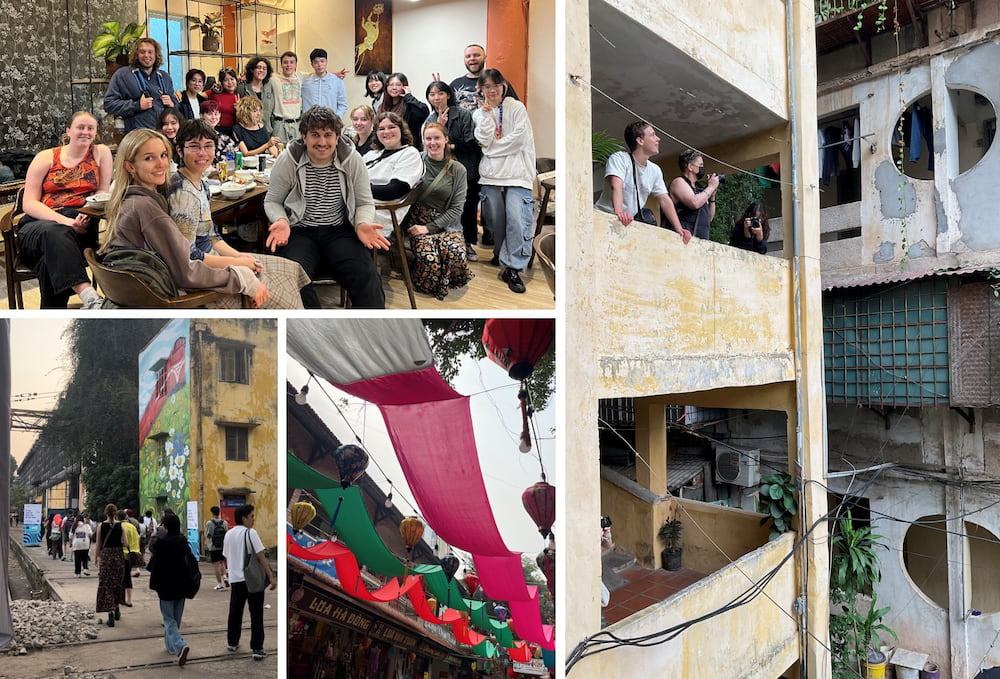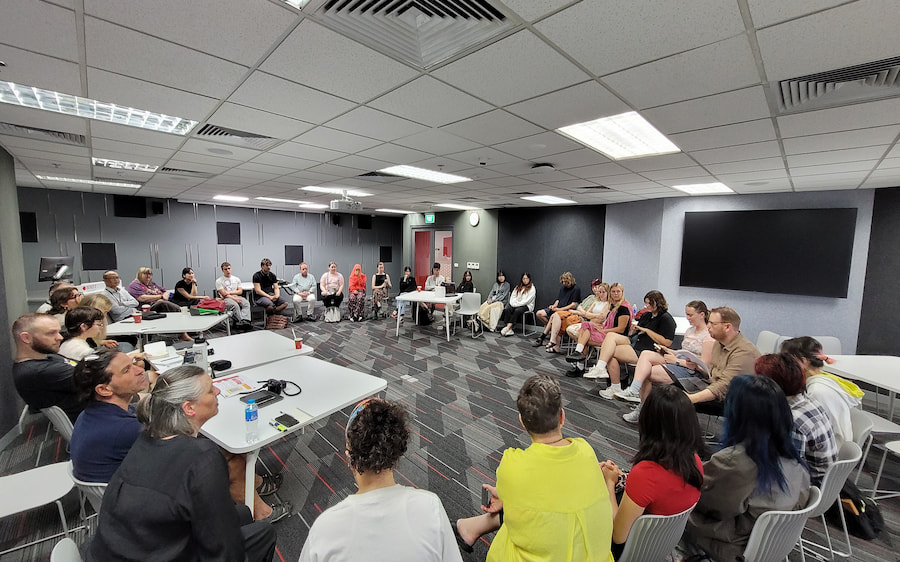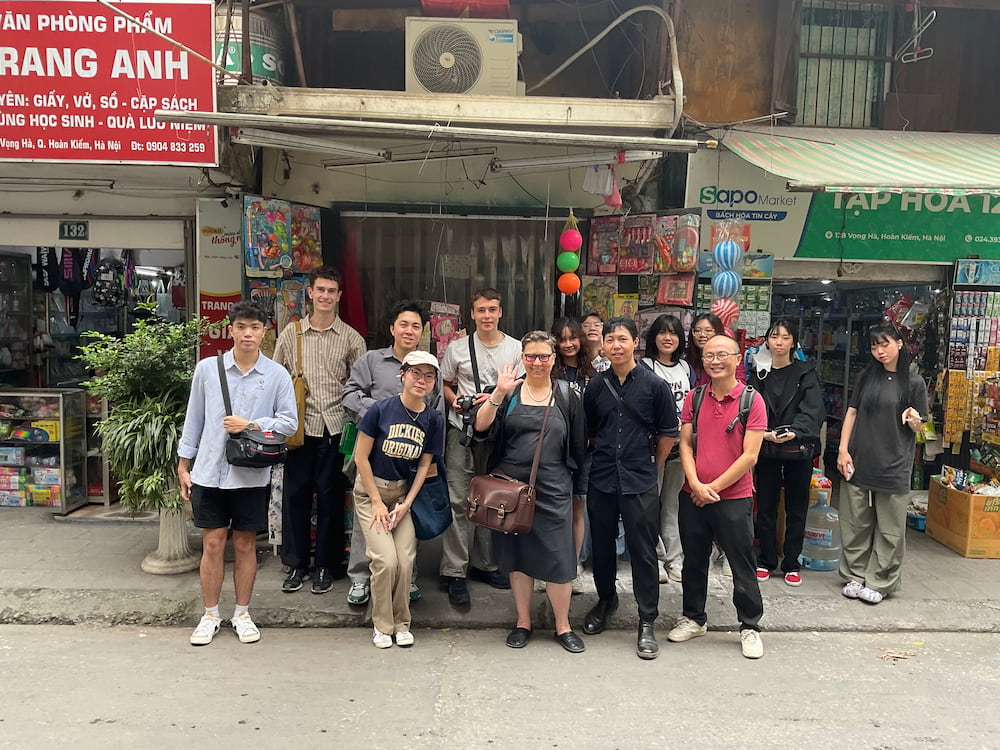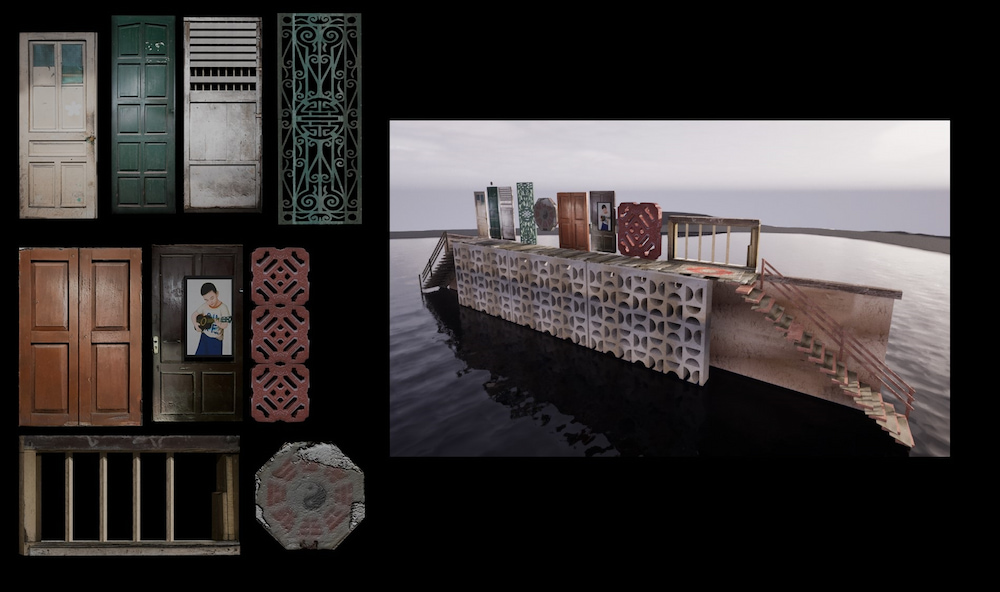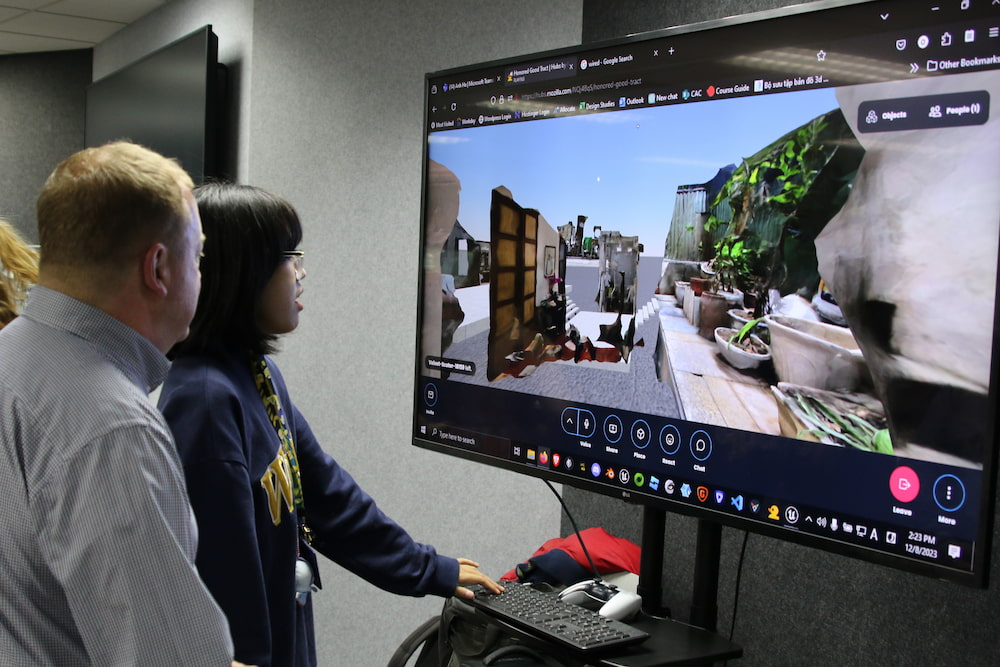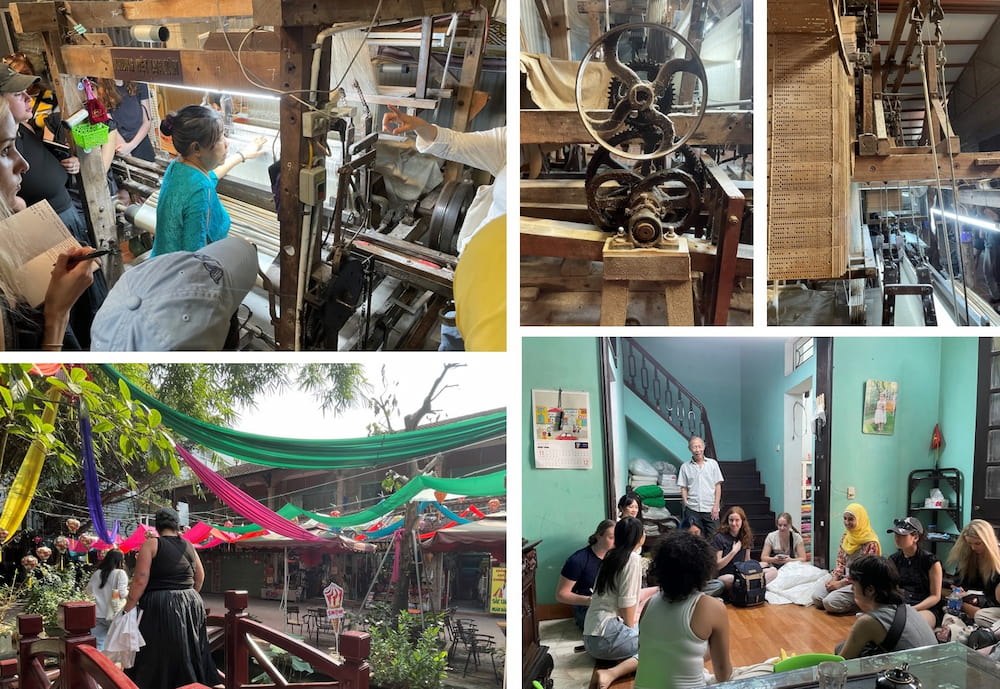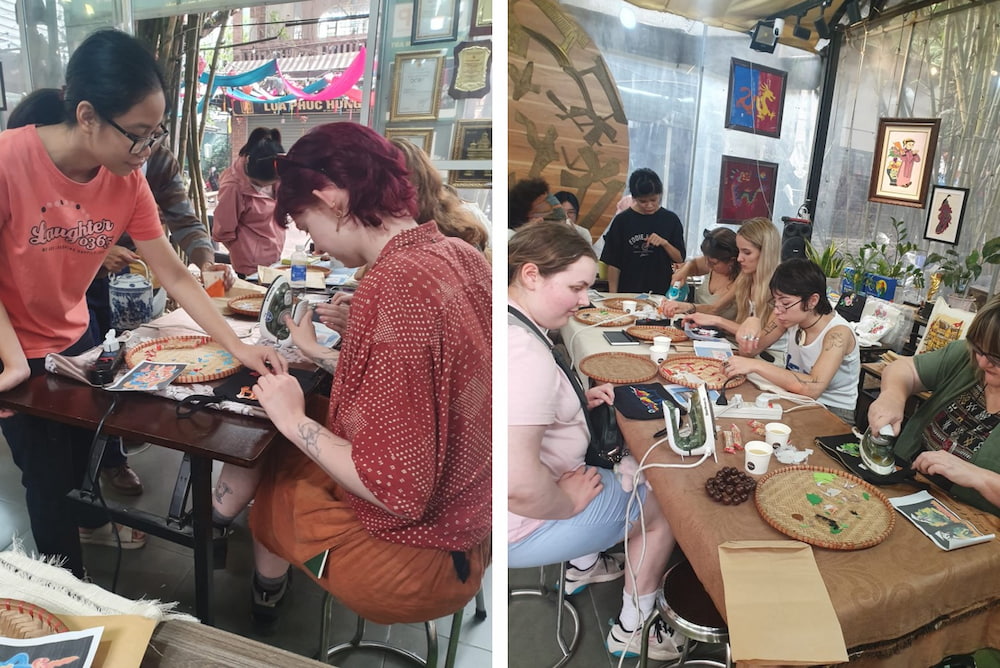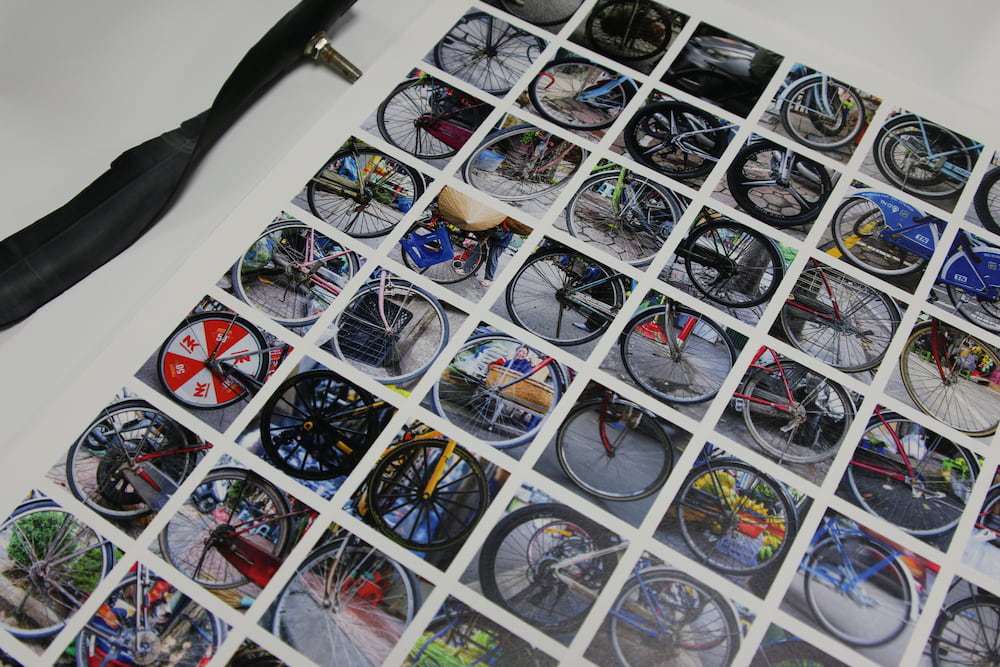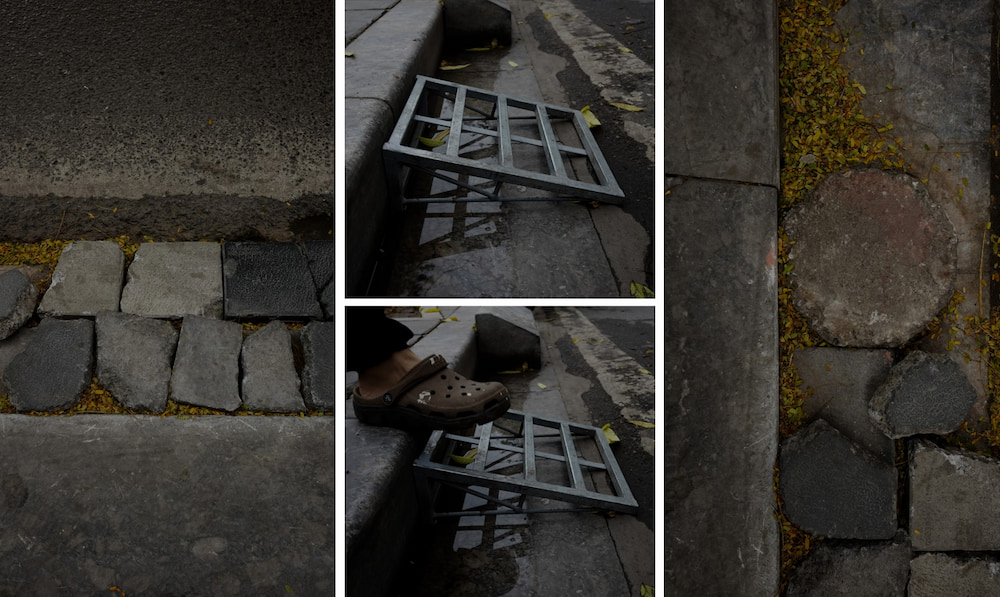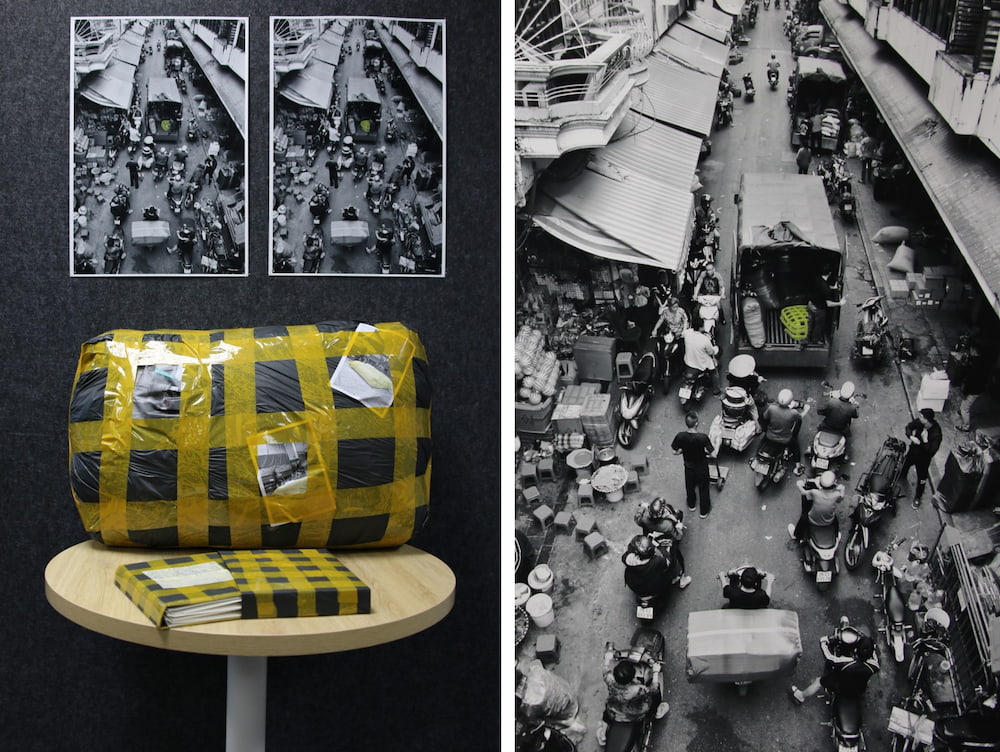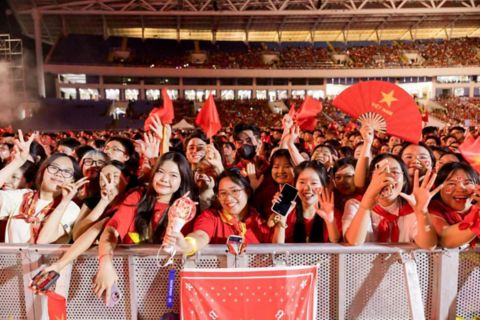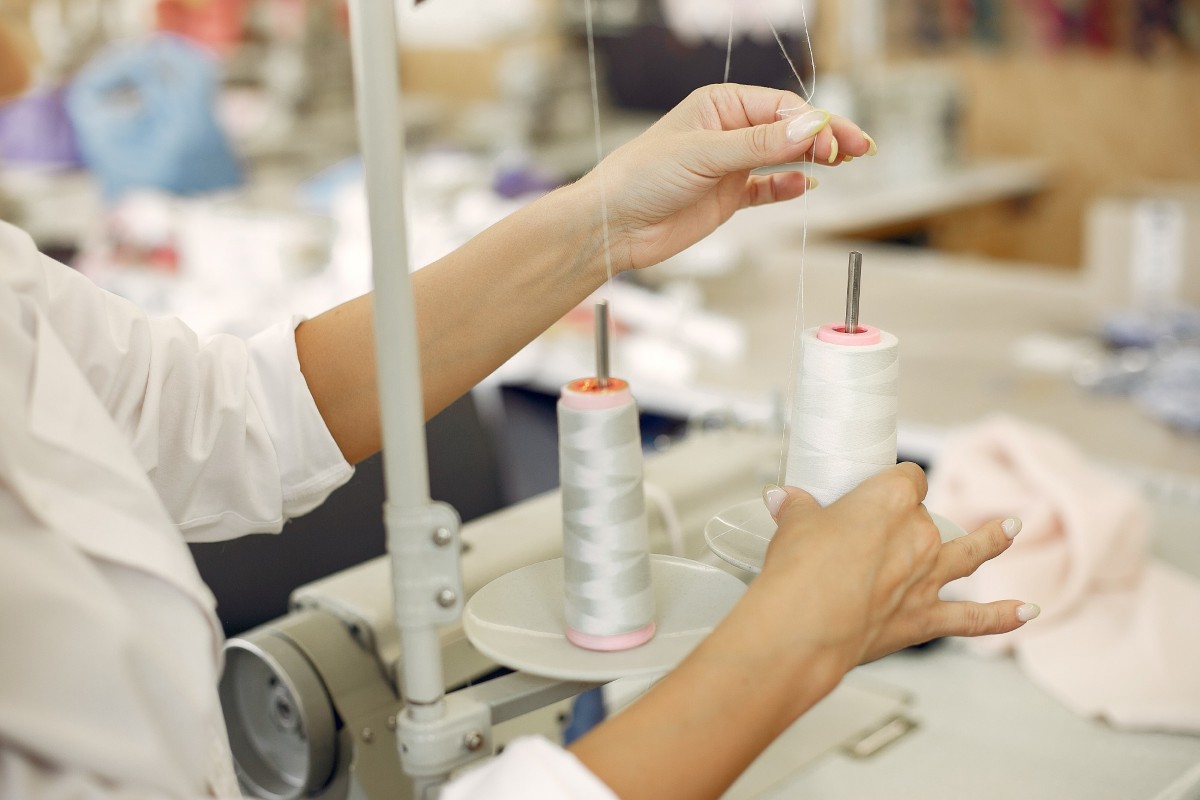Vietnamese music enters a new era of identity and global reach
A new whitepaper from RMIT University reveals how Vietnamese artists and audiences are blending cultural heritage with global trends to carve out a distinctive V-Pop identity.
Vietnam’s garment industries must adapt to US tariffs to thrive in 2026
The US tariff shock has hit Vietnam’s fashion and textile exports hard. As 2025 comes to an end, the focus shifts to resilience and growth in 2026. What should businesses do to stay competitive in the new trade reality?
RMIT experts flag security and mental health risks from unverified content
Experts in information technology, psychology and communication from RMIT Vietnam share their perspectives on the risks associated with consuming and spreading unverified information online.
Female anaemia rising as male cases fall in Vietnam
A study has revealed a growing gender divide in Vietnam’s anaemia burden, with rates rising among women while steadily declining among men.

